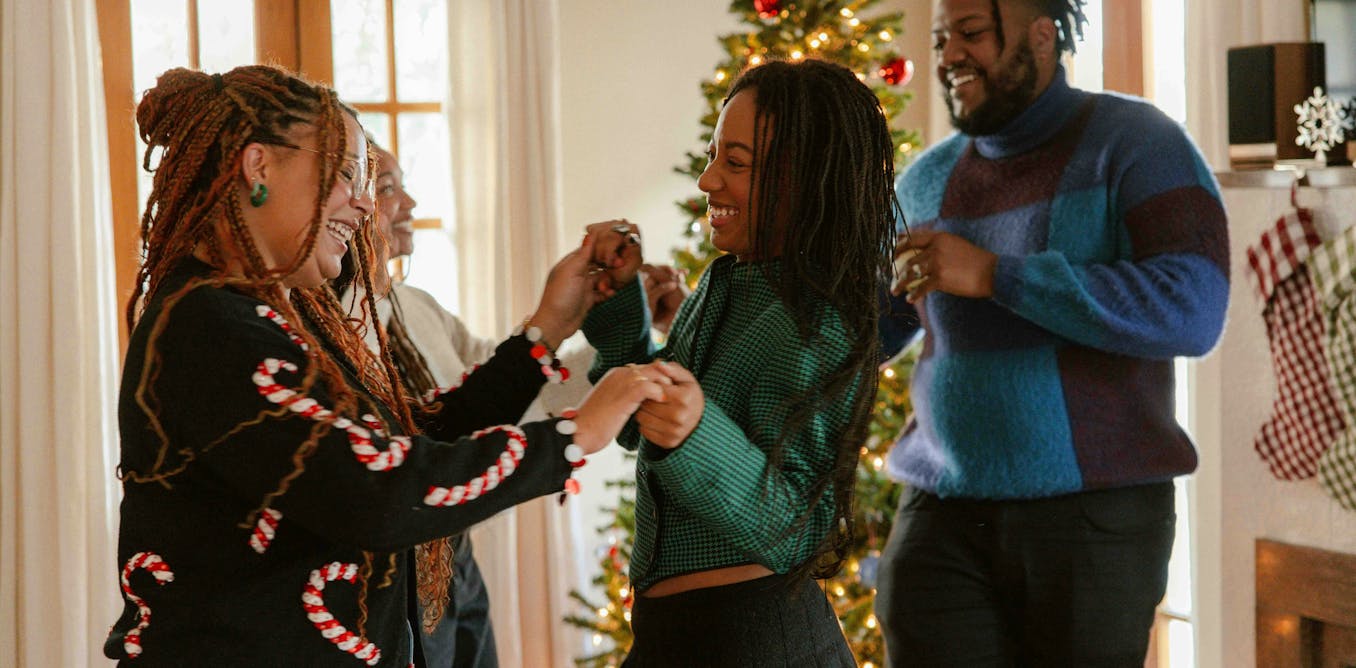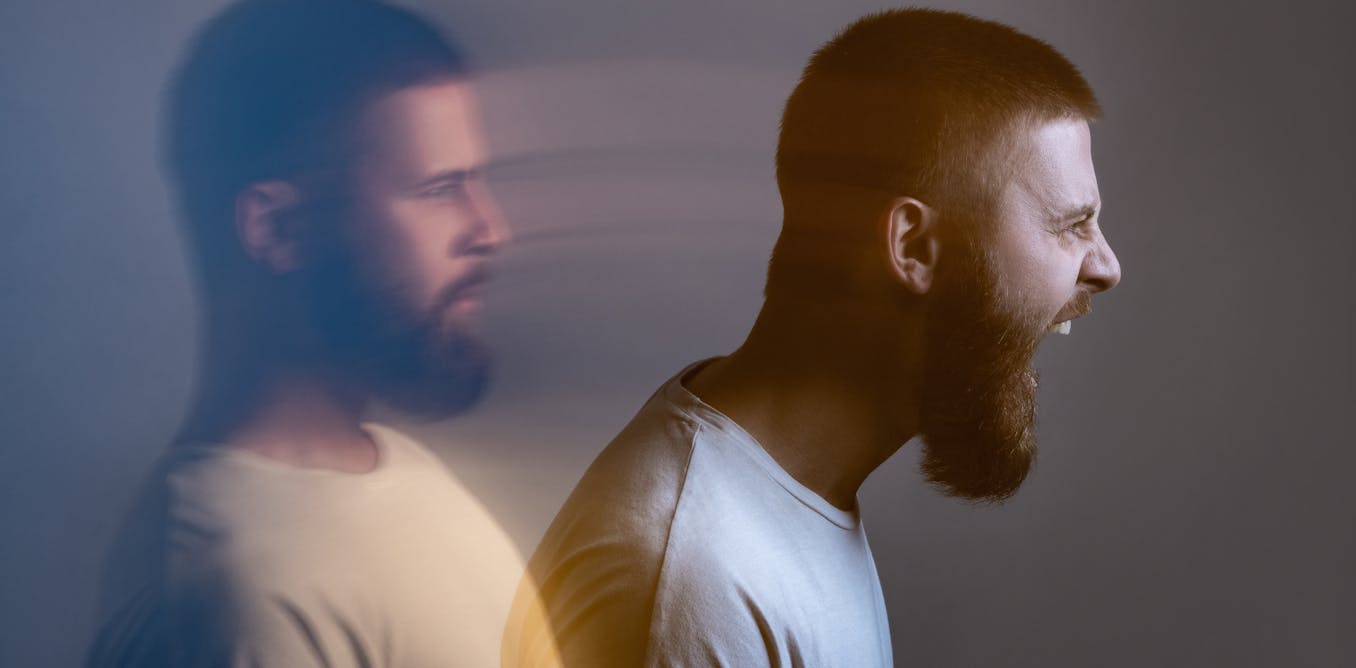What were you doing when you learned that Abraham Lincoln was assassinated? The event was unlikely to have been a significant one for you. It obviously was a significant event for people at the time, though, as evidenced by an 1899 study by psychologist F.W. Colegrove that recorded their experiences. Colegrove found that despite 33 years of distance from the event, people reported their whereabouts including small details of the occasion with great confidence.
Much later, in 1977, Roger Brown and James Kulik asked people to report what they were doing when they heard that John Kennedy was shot in Dallas. They concluded that there is “hardly a man now alive” who cannot recall the circumstances in which they learned that Kennedy was assassinated. Such detailed reports were termed “flashbulb memories” by the investigators, who commented that it was as if a flashbulb had gone off capturing a fine-grained picture of the details surrounding the event.
They proposed that these highly emotional, vivid memories might be caused by a different mechanism from the processes underlying the formation of other autobiographical memories. They labeled the mechanism print now, underscoring the arguably indelible, vivid, and elaborated nature of flashbulb memories. They also suggested that such “flashbulbs” are more likely for events that are personally more consequential. In support of this claim, they found that only 13 of 40 Caucasian participants had a flashbulb memory for hearing that Martin Luther King Jr. had been assassinated, compared to 30 of 40 African American participants.
Psychologist Ulric Neisser cast doubt on the validity of such supposed flashbulb memories by describing one of his own. “For many years I have remembered how I heard the news of the Japanese attack on Pearl Harbor, which occurred the day before my 13th birthday,” he wrote. “I recall sitting in the living room of our house — we only lived in that house for one year, but I remember it well — listening to a baseball game on the radio. The game was interrupted by an announcement of the attack, and I rushed upstairs to tell my mother.” He goes on to say that the memory had gone on so long and was so vivid that he never questioned it until he realized its absurdity. In particular, it dawned on him that of course nobody broadcasts baseball games in December, which was the month in which the attack on Pearl Harbor occurred.
More formal evidence suggesting that flashbulb memories may often be invalid was provided by the results of a study by Ulric Neisser and Nicole Harsch on recollections of the space shuttle Challenger explosion in 1986. The morning after the event, first-year college students wrote a description of how they heard the news, and then answered questions based on the categories of experience used by Brown and Kulik, such as: What time was it? How did you hear about it? Where were you? What were you doing? Who told you? How did you feel about it? Two and a half years later, the same students, now seniors, wrote a further description of how they had heard the news and answered the same questions about their experience.
The results revealed large differences between the original and later reports for many of the participants. A group of judges measured the consistency of the reports by estimating the extent of such changes; they found that the consistency was generally low, with a mean score of 2.95 out of a possible 7. Eleven of the 40 participants had a score of 0, having changed their answers to all the questions! Despite the changes, the participants were highly confident in the accuracy of their reports.
Flashbulb memories are defined as those related to learning about some shocking event, and a number of studies have compared these memories with “event memories” for the objective details of the occurrence (e.g., that there were four airplanes involved in the 9/11 attack). One such investigation examined flashbulb memories for the 9/11 attack over a 10-year period. Notably, that investigation included 15 coauthors, allowing for the comparison of reports from different geographic regions. As it happened, large differences across geographic areas were not found except that flashbulb memories were more likely in New York City than elsewhere.
The results showed that both flashbulb and event memories declined rapidly across the first year, but did not do so appreciably over the following years. As in other studies, the consistency of reported flashbulb memories declined over a 10-year period, but the participants’ confidence in their accuracy remained high, whereas the confidence for details of event memories declined. The inconsistencies that occurred during reports of flashbulb memories were likely to be repeated in later reports rather than corrected. Inaccurate event memories were quite likely to be corrected, however, possibly as a result of people viewing media reports.
Studies have also attempted to pin down the crucial components of flashbulb memories, with likely candidates including surprise, the distinctiveness of the event, the consequences for the person, and their resulting emotional state. In the words of investigators, “Consistent findings have proven elusive,” but it seems to us that the major recurring characteristics of such memories are surprise and shock, and often an incident concerning some well-known public figure.
Commenting on the nature of flashbulb memories, Neisser wrote that two narratives that are normally kept separate — the course of both history and our lives — are momentarily put into alignment. One widely agreed-on difference between everyday autobiographical memories and flashbulb memories is that confidence in flashbulb memories remains high despite the decline in their consistency, whereas event memories decline in both consistency and confidence over time. The vividness, elaborateness, and ease of retrieval of flashbulb memories likely account in part for the high confidence assigned to them. Again, memory is not indelible although it is sometimes thought to be so.
Fergus Craik taught in the Department of Psychology at the University of Toronto and then worked at the Rotman Research Institute in Toronto until his retirement. He is a Foreign Honorary Member of the American Academy of Arts and Sciences.
Larry Jacoby was a faculty member in the Department of Psychology at Washington University in St. Louis. He is a Member of the American Academy of Arts and Sciences.
This article is excerpted from their book “Memory,” in the MIT Press Essential Knowledge series.
This article What are flashbulb memories? is featured on Big Think.

The post “What are flashbulb memories?” by Fergus Craik and Larry Jacoby was published on 03/27/2024 by bigthink.com



































